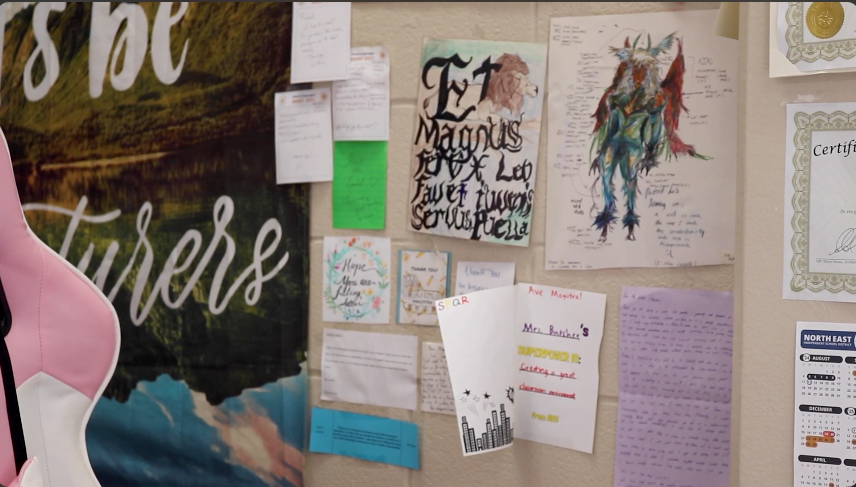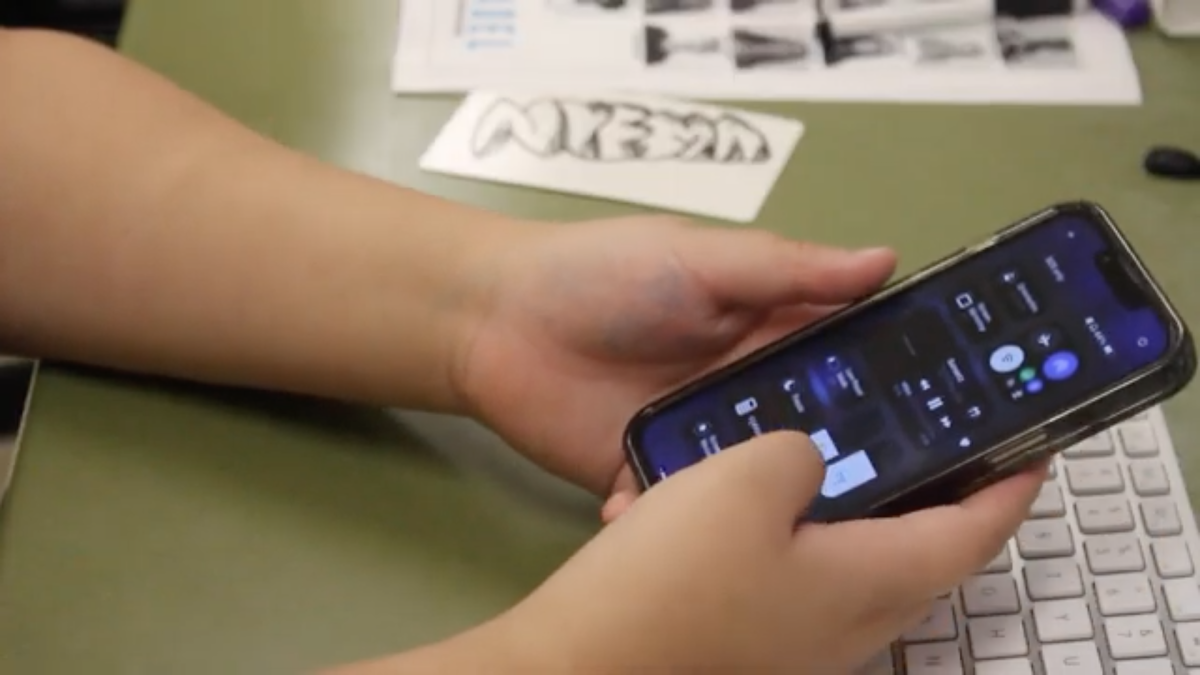by Courtney Smith | staff writer
Approximately 20% of teens will experience depression before they reach adulthood (ineedalighthouse.org). This may not seem like an alarming number, but depression increases suicide risk by 12 times. Have we missed something as a society to make depression so prevalent, or are we finally learning to talk about the signs?
“I think right now a lot of teenagers feel pressured to do well in everything and people are involved in so many activities – from AP classes, to band, to dance; all sorts of extracurriculars,” Pediatric Psychologist at Children’s Health in Dallas and Assistant Professor at UT Southwestern Medical Center Meghan Marnell said. “If a teenager is already experiencing depression or anxiety symptoms then school stress definitely can intensify those symptoms, and lead to more serious depression or anxiety compared to if those stressors weren’t there before.”
Although extracurriculars may add to student stress, school psychologist Paulette Pilsner says that not having enough activities can be factors as well.
“Some people are predisposed to developing depression or anxiety symptoms because they have a parent with anxiety or depression, or a grandparent or someone in their family. So they’re a little more vulnerable to becoming depressed,” Marnell said.
In spite of the fact that genetics play a role, there isn’t one specific gene that determines if someone will eventually develop some form of depression or anxiety. Biological factors play a role, but so do societal, home and school stressors, as well as an individual’s coping skills.
“I would say for older teenagers [16-18], depression doesn’t look a lot different than it does for adults,” Marnell said. “Exercise, hangout with friends and family, do a hobby, journal – those are all things that can turn down the volume on your depression and anxiety.”
In the past few years, a light has been shone on anxiety and depression in the media.
“I think the media definitely heightens our awareness on mental illness but unfortunately what the media depicts isn’t always correct,” Marnell said.
Books and television can also revolve around mental health. Thirteen Reasons Why, by Jay Asher, is an incredibly popular novel about a teenage girl’s suicide in conjunction to bullying and depression. Still, the rise and fall of depression and anxiety-based media doesn’t mean the rise and fall of the actual diagnoses.
“I think social media affects it [mental health] more in a negative way,” Pilsner said. “I think it’s very harmful.”
Social media sites such as Tumblr and Instagram have armies of teenage users, but they both feature accounts that have the potential to do more harm than good. A number of pages depict graphic images of self-harm, skinny inspiration or “thinspo” that promotes eating disorders, and other posts intended to glorify mental health disorders.
“There are tons of really good websites and lots of universities and professional organizations that I’m involved in that have Facebook, Instagram, Twitter, and blogs with great information. So there’s finding that, but you’re [also] competing with sites like Tumblr with accounts that promote self-harm or eating disorders and that is not the helpful media,” Marnell said.
Besides general awareness, knowing the signs as teachers, peers, and individuals is key to combating depression and anxiety.
“If you have a friend who all of a sudden doesn’t like to do the things they used to do, that would be a warning sign. If their grades drop, changes in weight, energy, or sleep. If your friend is talking a lot about blaming themselves or feeling guilty and the big one is if your friend has thoughts about death or wanting to kill themselves and someone should always take action right away,” Marnell said. “Definitely don’t hesitate because it’s more important that you help a friend, your friend can be mad at you, it’s more important that you help your friend.”
Most students that are struggling are sent to the STAN counselor, Lisa Williams. They can be teacher, peer, or self referred.
“I think the teachers do a really good job on keeping the pulse on what’s going on in the classroom because they see the students every day,” Pilsner said. “There are various in-services that go on throughout the summer and some throughout the year that the teachers can go to if they feel it’s something they need to be better in tuned to.”
Students are welcome to go talk to the STAN counselor at any time. Friends, family, and teachers are encouraged to learn the signs and speak up.
“It is something that needs to be talked about,” Pilsner said.








